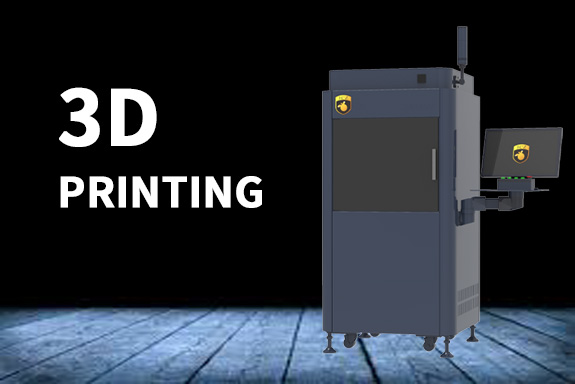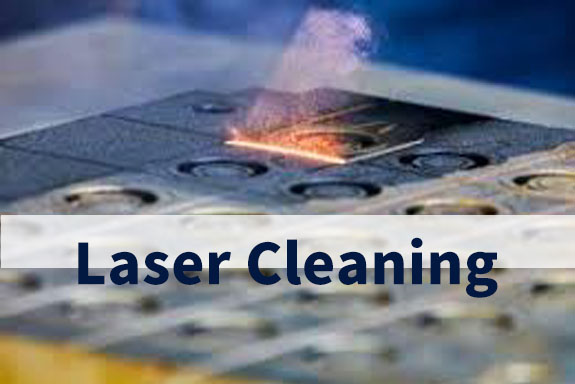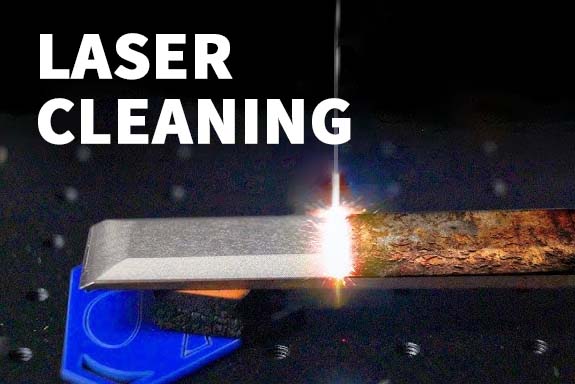Introduction to 3D Printing
3D printing has revolutionized the way we manufacture products, offering a level of customization, precision, and efficiency that traditional methods cannot match. From rapid prototyping to full-scale production, 3D printing technologies have found applications in various industries, including aerospace, automotive, medical, and consumer electronics. Among the different types of 3D printing machines, SLA, SLS, and SLM stand out for their unique capabilities and advantages. This article delves into these three 3D printing technologies, exploring how they work, their benefits, and their impact on modern manufacturing.
Understanding the Basics of 3D Printing
What is 3D Printing?
3D printing, also known as additive manufacturing, is a process of creating three-dimensional objects from a digital file. Unlike traditional manufacturing methods that involve subtracting material from a larger block, 3D printing builds objects layer by layer. This process allows for greater design freedom, enabling the creation of complex geometries that would be impossible or costly to produce using conventional methods.

Key Types of 3D Printing Machines
Among the various types of 3D printing machines, SLA (Stereolithography), SLS (Selective Laser Sintering), and SLM (Selective Laser Melting) are the most widely used in industrial applications. Each of these technologies uses different materials and processes to achieve the desired results, making them suitable for different types of projects.
SLA 3D Printing: Precision and Detail
How SLA 3D Printing Works
SLA (Stereolithography) is one of the oldest and most popular 3D printing technologies. It uses a laser to cure liquid resin into solid layers, building the object layer by layer. The process begins with a vat of photosensitive resin, which is selectively exposed to a laser beam. The laser solidifies the resin according to the design specified in the digital file. Once a layer is complete, the build platform lowers, and the next layer is cured on top of the previous one.
Advantages of SLA 3D Printing
3D printing with SLA offers several advantages, particularly in terms of precision and detail. The fine laser beam allows for extremely high-resolution prints, making it ideal for creating intricate designs and prototypes. Additionally, SLA 3D printing produces smooth surface finishes, reducing the need for post-processing. This technology is widely used in industries such as dental, jewelry, and medical device manufacturing, where accuracy and surface quality are critical.
Applications of SLA 3D Printing
SLA 3D printing is commonly used for creating prototypes, models, and small-scale production runs. Its ability to produce highly detailed parts makes it a popular choice for industries that require precise and aesthetically pleasing products. For example, in the medical field, SLA 3D printing is used to create surgical guides, dental implants, and custom prosthetics. In the consumer goods sector, it is used for designing and testing new products before mass production.
SLS 3D Printing: Strength and Durability
How SLS 3D Printing Works
SLS (Selective Laser Sintering) is another popular 3D printing technology that uses a laser to fuse powdered material into solid objects. Unlike SLA, which uses liquid resin, SLS 3D printing uses powdered materials, such as nylon, polyamide, or glass-filled polymers. The process begins with a thin layer of powder spread across the build platform. The laser then scans the powder, selectively fusing particles together to form a solid layer. Once a layer is complete, the build platform lowers, and a new layer of powder is applied on top, repeating the process until the object is complete.
Advantages of SLS 3D Printing
One of the main advantages of SLS 3D printing is its ability to produce strong and durable parts. The fused powder creates objects with excellent mechanical properties, making SLS ideal for functional prototypes and end-use parts. Additionally, SLS 3D printing does not require support structures, as the unfused powder acts as a natural support during the printing process. This allows for more complex geometries and reduces material waste.
Applications of SLS 3D Printing
SLS 3D printing is widely used in industries where strength and durability are essential. In the automotive and aerospace sectors, it is used to create functional prototypes, tooling, and lightweight components. The technology is also popular in the production of consumer goods, such as footwear and eyewear, where it is used to produce customized products with high durability. Additionally, SLS 3D printing is used in the medical field to create patient-specific implants and prosthetics that require both strength and biocompatibility.
SLM 3D Printing: Metal Printing at Its Finest
How SLM 3D Printing Works
SLM (Selective Laser Melting) is a type of 3D printing that focuses on producing metal parts with high density and strength. Similar to SLS, SLM uses a laser to fuse powdered material, but unlike SLS, SLM completely melts the powder to form fully dense metal objects. The process begins with a thin layer of metal powder spread across the build platform. The laser then selectively melts the powder, forming a solid layer of metal. This process is repeated layer by layer until the part is fully built.
Advantages of SLM 3D Printing
SLM 3D printing offers several advantages, particularly in the production of complex metal parts. The ability to create fully dense and high-strength metal components makes SLM an attractive option for industries that require high-performance materials, such as aerospace and medical. SLM 3D printing also allows for the production of parts with intricate internal structures that would be impossible to create using traditional manufacturing methods. This capability enables the creation of lightweight components with optimized strength-to-weight ratios.
Applications of SLM 3D Printing
SLM 3D printing is commonly used in industries that require high-strength and complex metal parts. In the aerospace industry, it is used to produce lightweight components, such as turbine blades and structural parts, that can withstand extreme conditions. In the medical field, SLM 3D printing is used to create custom implants and surgical tools that require high precision and biocompatibility. The automotive industry also benefits from SLM 3D printing by producing high-performance parts and tooling for production lines.
Comparing SLA, SLS, and SLM 3D Printing
Choosing the Right 3D Printing Technology
When it comes to choosing the right 3D printing technology, it is essential to consider the specific requirements of your project. Each 3D printing method—SLA, SLS, and SLM—has its strengths and is best suited for different applications. For example:
- SLA 3D Printing: Best for projects that require high precision, fine details, and smooth surface finishes. Ideal for prototypes, models, and small-scale production in industries such as dental, jewelry, and medical devices.
- SLS 3D Printing: Suitable for producing strong and durable parts with complex geometries. Best for functional prototypes, end-use parts, and applications in the automotive, aerospace, and consumer goods sectors.
- SLM 3D Printing: The go-to option for creating high-strength metal components with intricate designs. Perfect for industries that demand high-performance materials, such as aerospace, medical, and automotive.
Advantages of 3D Printing in Modern Manufacturing
3D printing offers numerous advantages over traditional manufacturing methods, making it a valuable tool in modern production processes. Some of the key benefits include:
- Design Freedom: 3D printing allows for the creation of complex geometries and customized products that would be difficult or impossible to achieve with conventional manufacturing.
- Reduced Waste: Unlike subtractive manufacturing, which involves cutting away material, 3D printing builds objects layer by layer, reducing material waste and optimizing resource use.
- Faster Prototyping: 3D printing accelerates the product development cycle by enabling rapid prototyping and testing of designs, allowing for quicker iterations and improvements.
- Cost-Effective Production: For low-volume production runs and customized products, 3D printing offers a more cost-effective solution compared to traditional methods that require expensive tooling and molds.
- On-Demand Manufacturing: 3D printing enables on-demand production, reducing the need for large inventories and allowing manufacturers to respond quickly to changing market demands.
Conclusion: The Future of 3D Printing
The advancements in 3D printing technology, particularly with SLA, SLS, and SLM machines, have transformed the manufacturing landscape. These technologies offer unparalleled design flexibility, precision, and efficiency, making them indispensable tools in various industries. As 3D printing continues to evolve, it will play an increasingly important role in shaping the future of manufacturing, enabling new possibilities in design, production, and customization.
由用户投稿整理稿件发布,不代表本站观点及观点,进行交流学习之用,如涉及版权等问题,请随时联系我们(yangmei@bjjcz.com),我们将在第一时间给予处理。








